The pagoda was built by Mr. Duong Quang Son, a Chinese of Chaozhou origin, in the year of Tan Mui 1871. When it was first built, it was a small shrine called Linh Son Dien. In 1937, the local people rebuilt it and named it Giac Linh Tu.
Since the early years of the 20th century, Linh Son Dien has been a meeting place and activity place for patriotic soldiers fighting against the French in the Thien Dia Hoi organization.
In 1922, the Red Youth organization of the province was established here, including comrade Duong Quang Dong. In the spring of 1930, the My Long Party Cell, one of the first three Communist Party cells of Tra Vinh , was established at Linh Son Dien and chose this place to hold regular meetings in the early years of its establishment. During the period of 1934 - 1935, Linh Son Dien was chosen as the headquarters of the Vinh - Tra - Ben inter-provincial committee. In the days before the August Revolution of 1945, to seize the opportunity to win the uprising, a preparatory meeting was held at Giac Linh Pagoda to consolidate the Regional Committee convened by comrade Duong Quang Dong.
During the resistance war against the French, nun Phung, a monk of the pagoda, used the sound of the wooden fish as a signal to summon or disperse revolutionary cadres during meetings or to hide during disturbances.
During the period of fighting against the Americans to save the country, nun Phung became the abbess of the pagoda. Under the robes of a nun, nun Phung hid the enemy's eyes and, through pilgrimages, transported weapons to the revolutionary organization.
In 1966-1967, the war was fierce, a trench system of more than 300m long was dug on the southwest side of the temple grounds to resist enemy operations and sweeps. Also during this period, taking advantage of the quietness of the place of practice and the dense vegetation, dozens of secret tunnels were dug in the temple grounds for cadres to hide. Notably, the temple's great bell was also donated to the construction site to manufacture weapons to fight the enemy.
In 1970, the enemy came to set up a camp near the temple fence, in order to control the revolution in My Long area and also to monitor the monks. However, nun Phung still remained at the temple with all her heart and soul to work.
On January 24, 1998, the Ministry of Culture and Information (now the Ministry of Culture, Sports and Tourism) issued Decision No. 95/QD-BVHTT ranking Giac Linh Pagoda as a National Monument in the category of Historical Monuments.



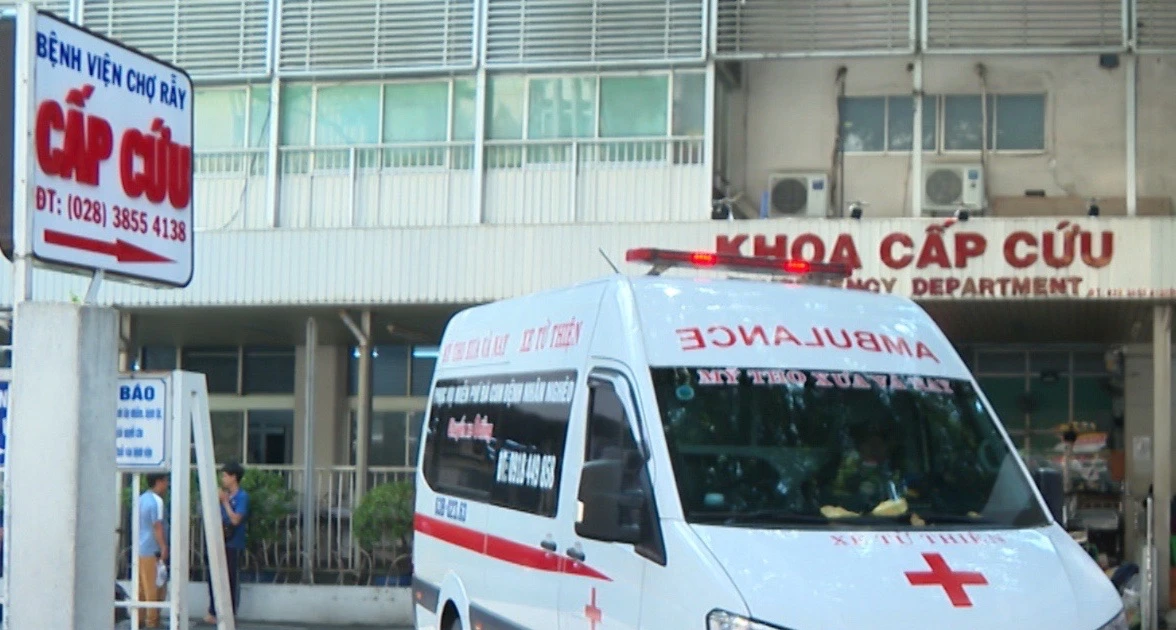


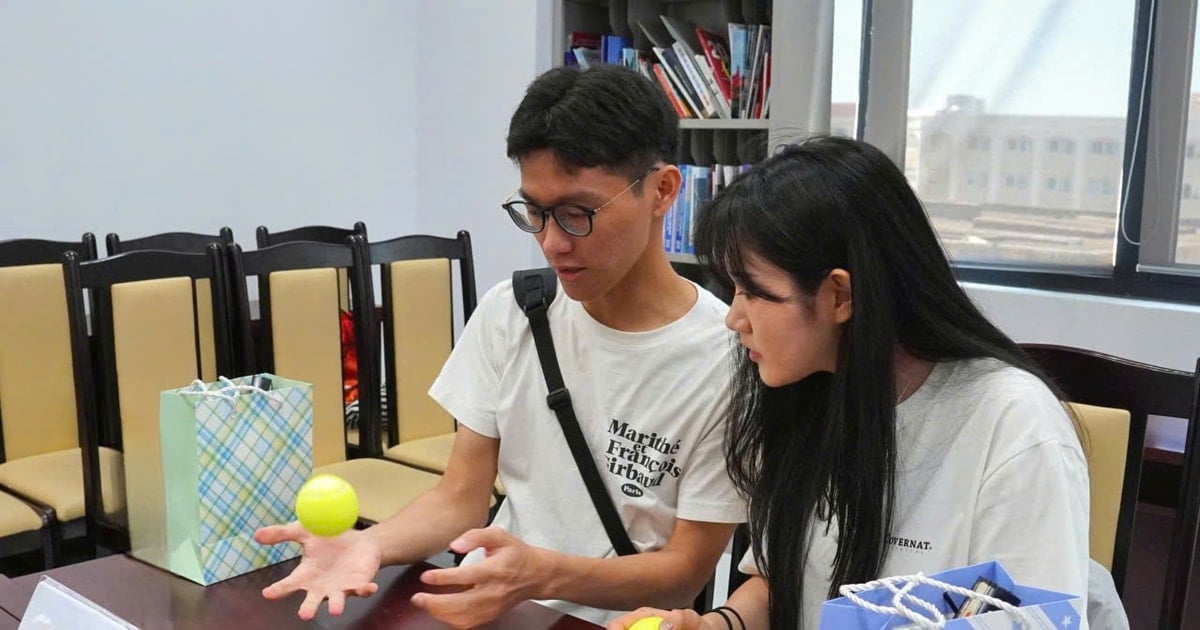



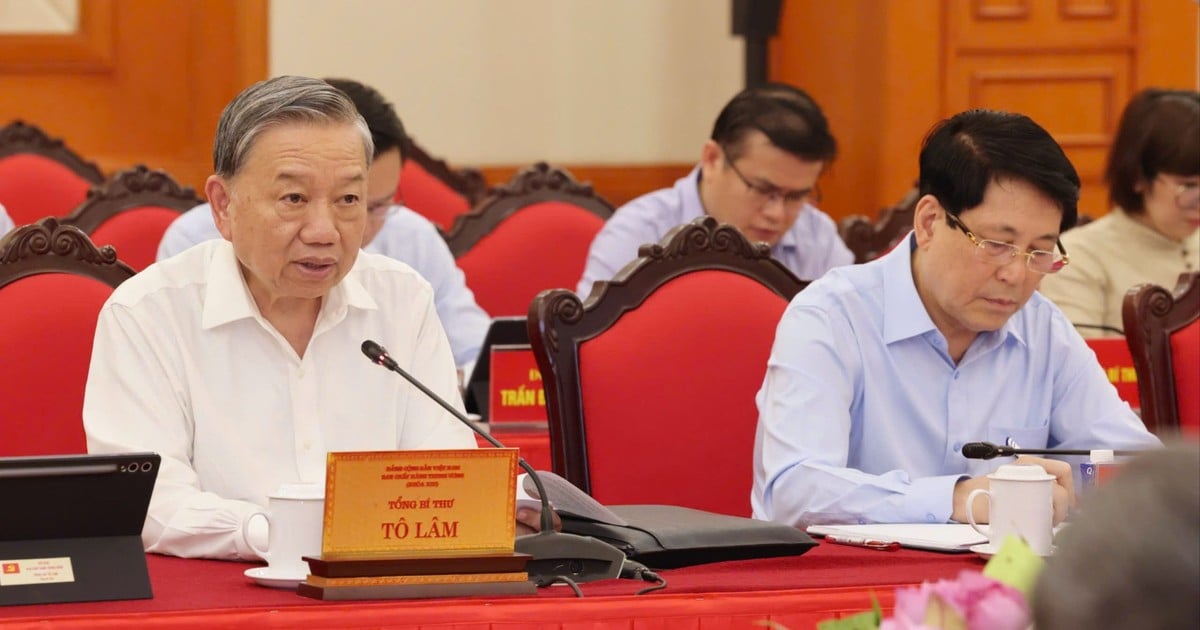
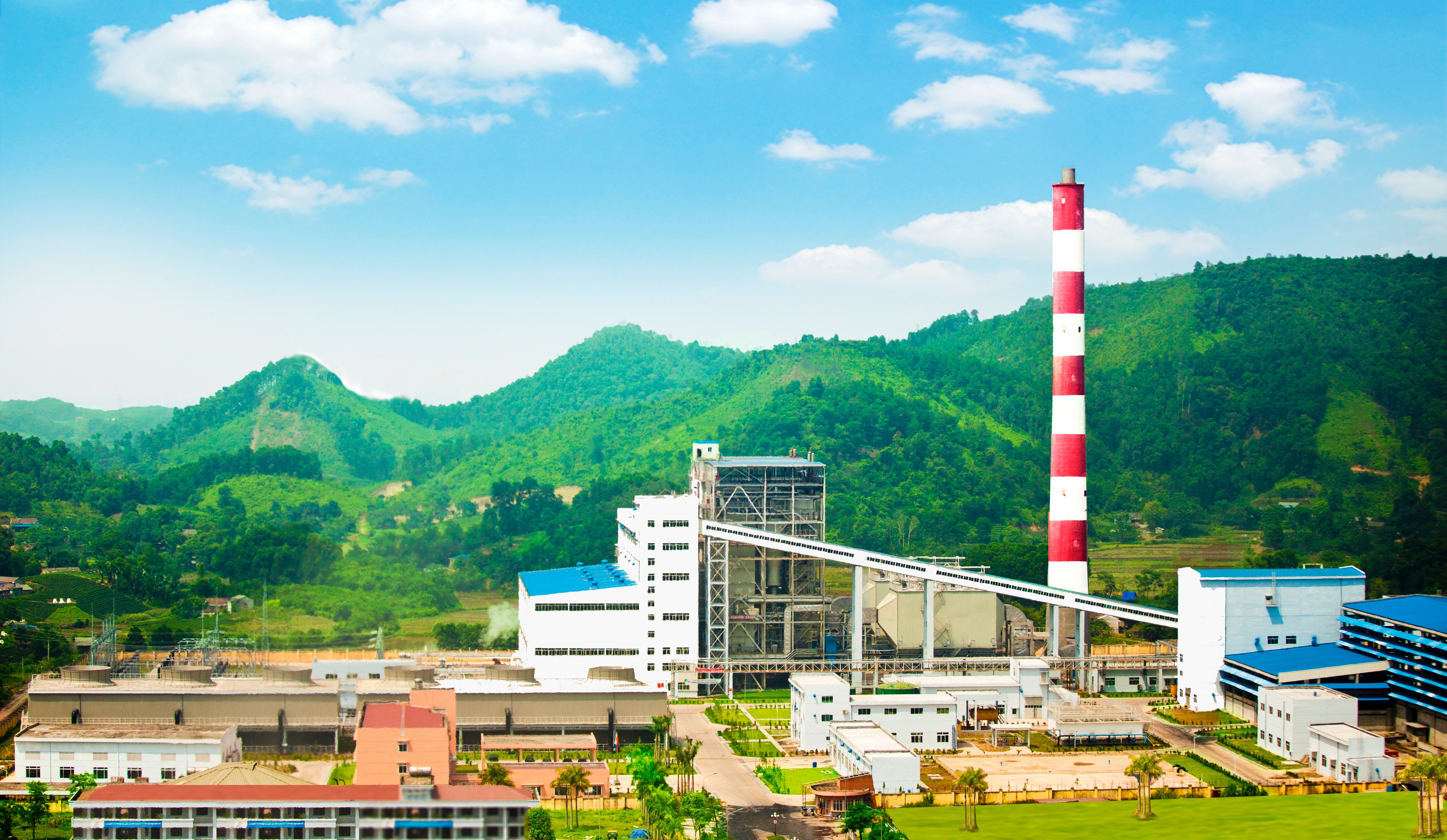
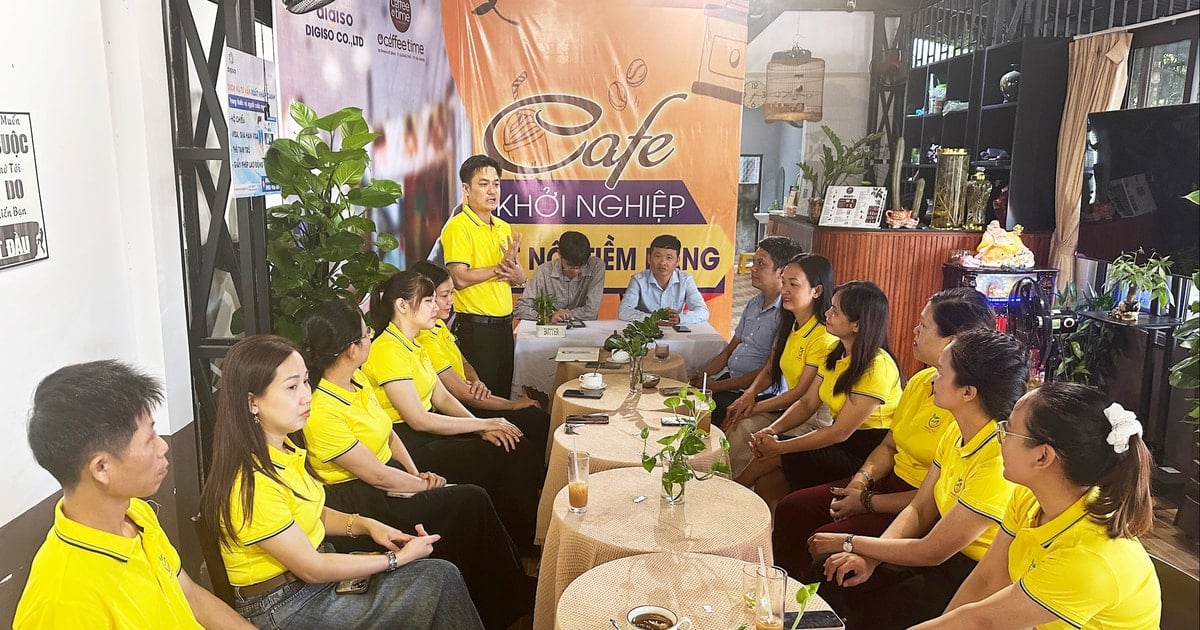


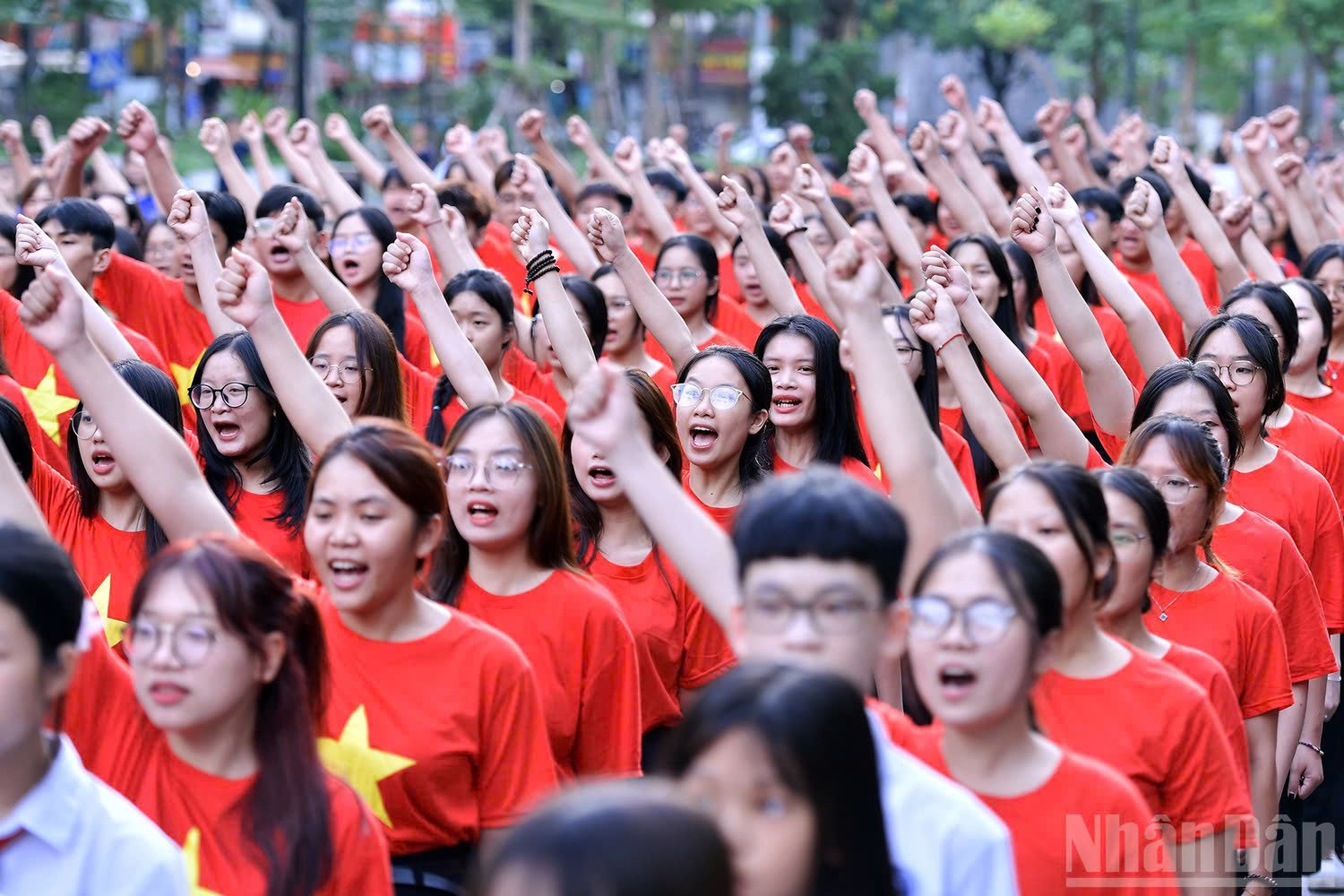

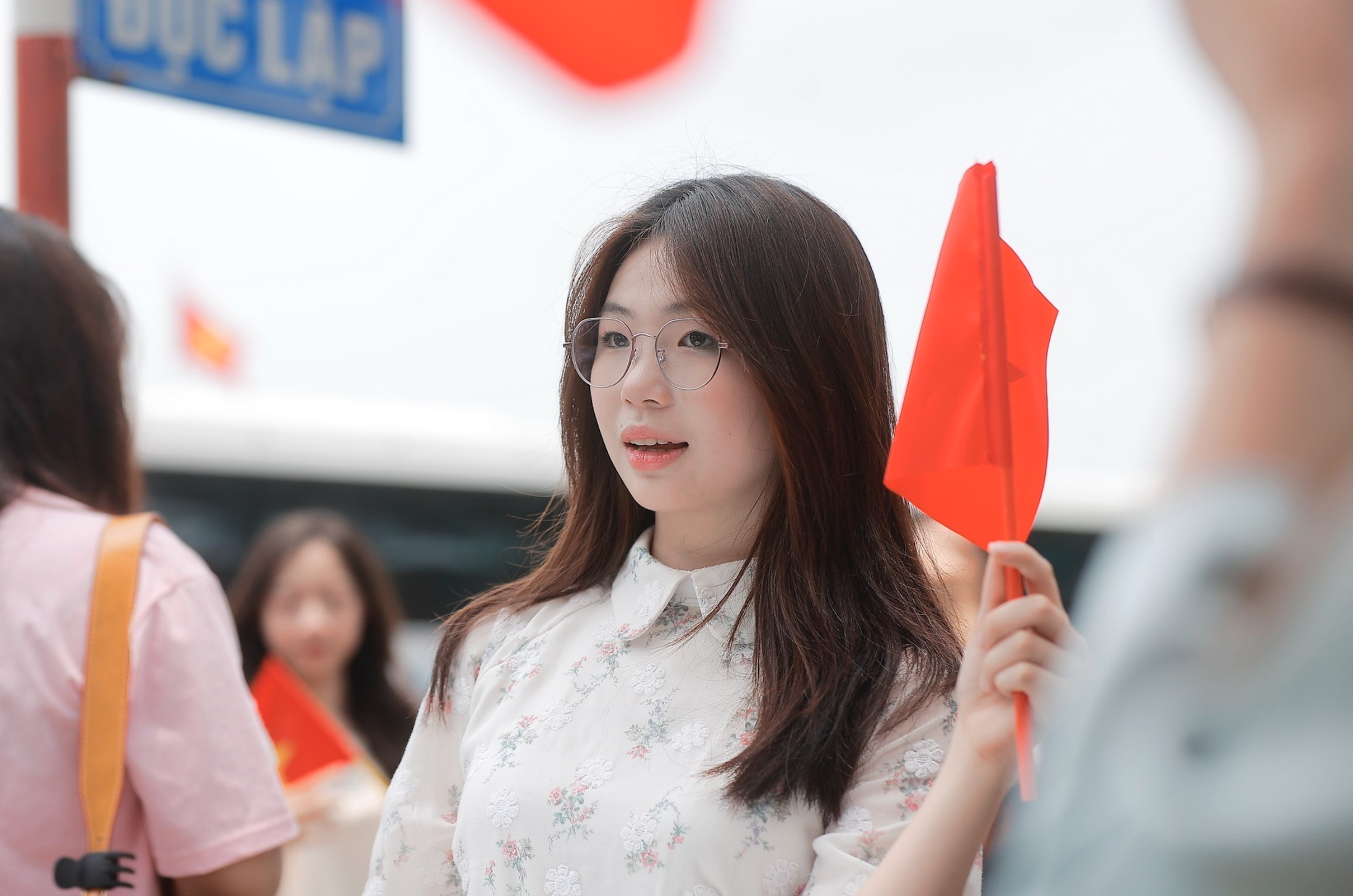
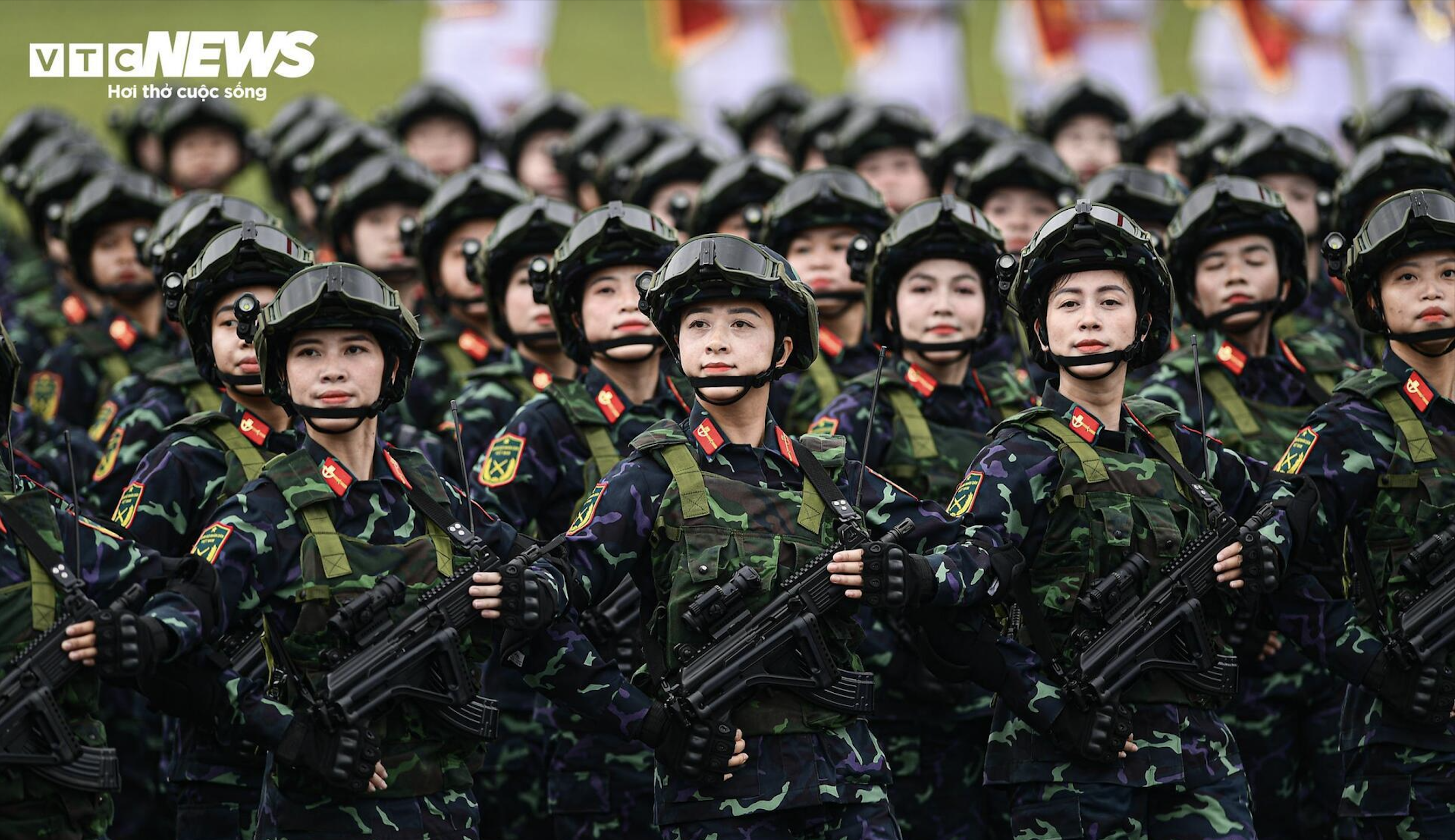
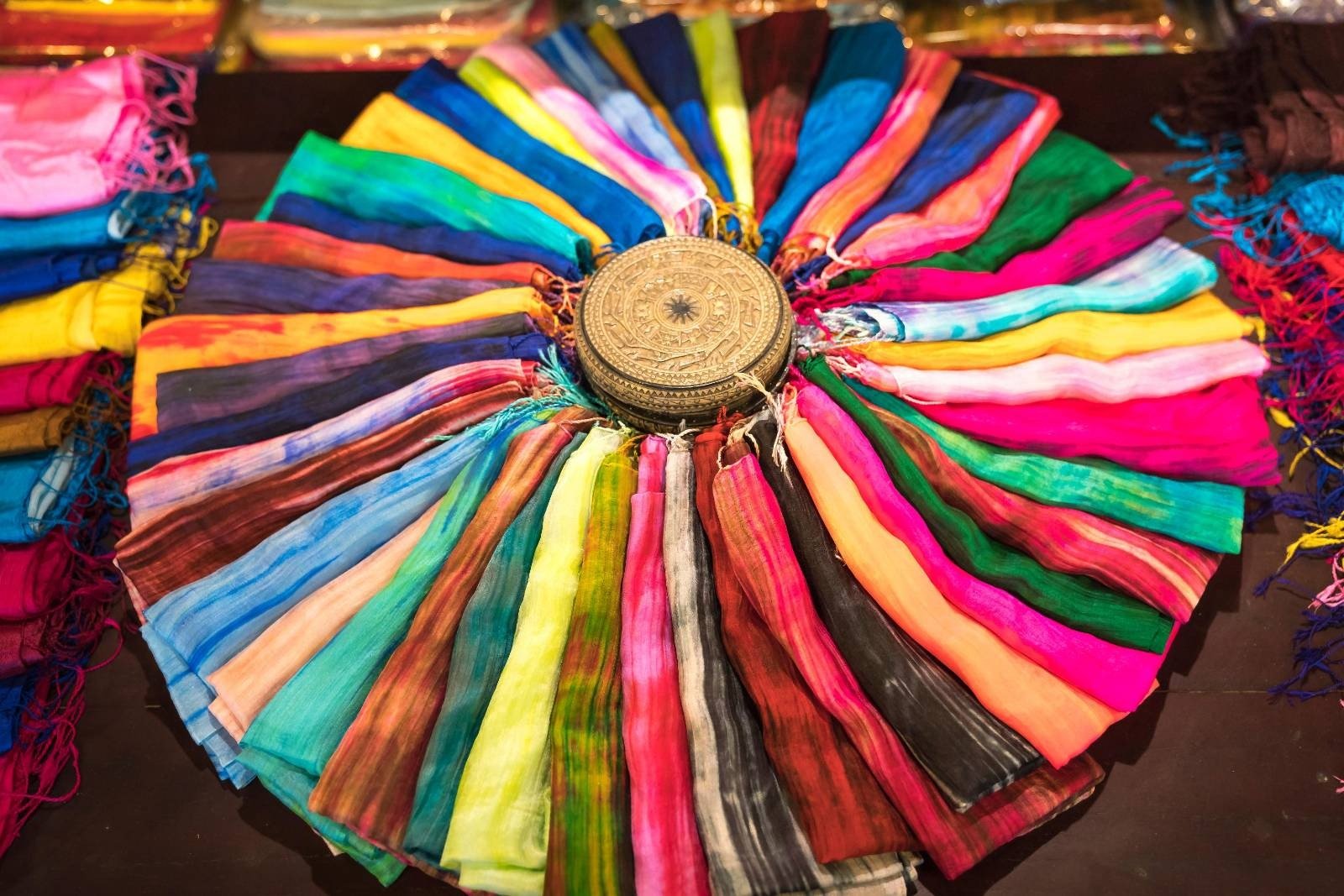


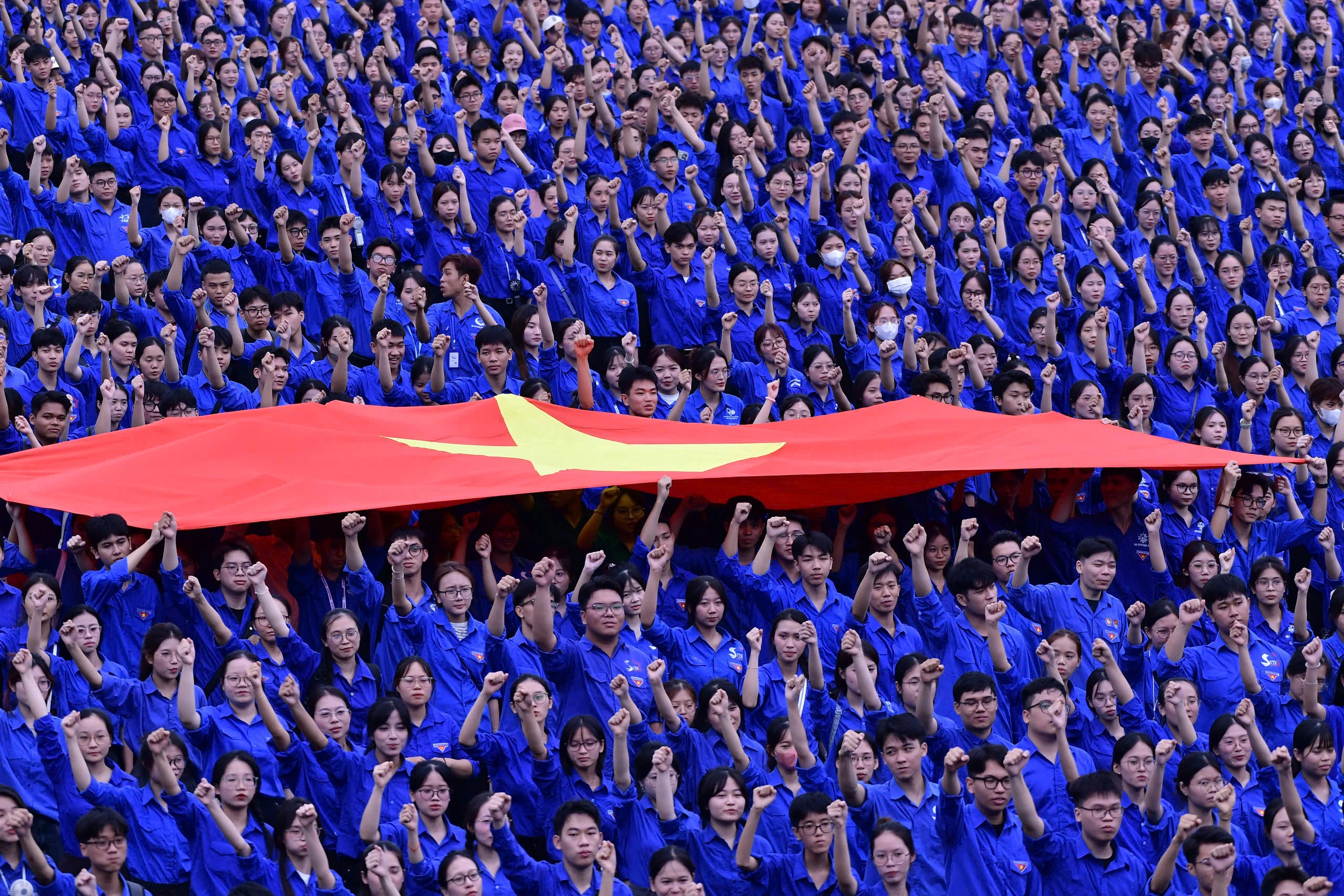
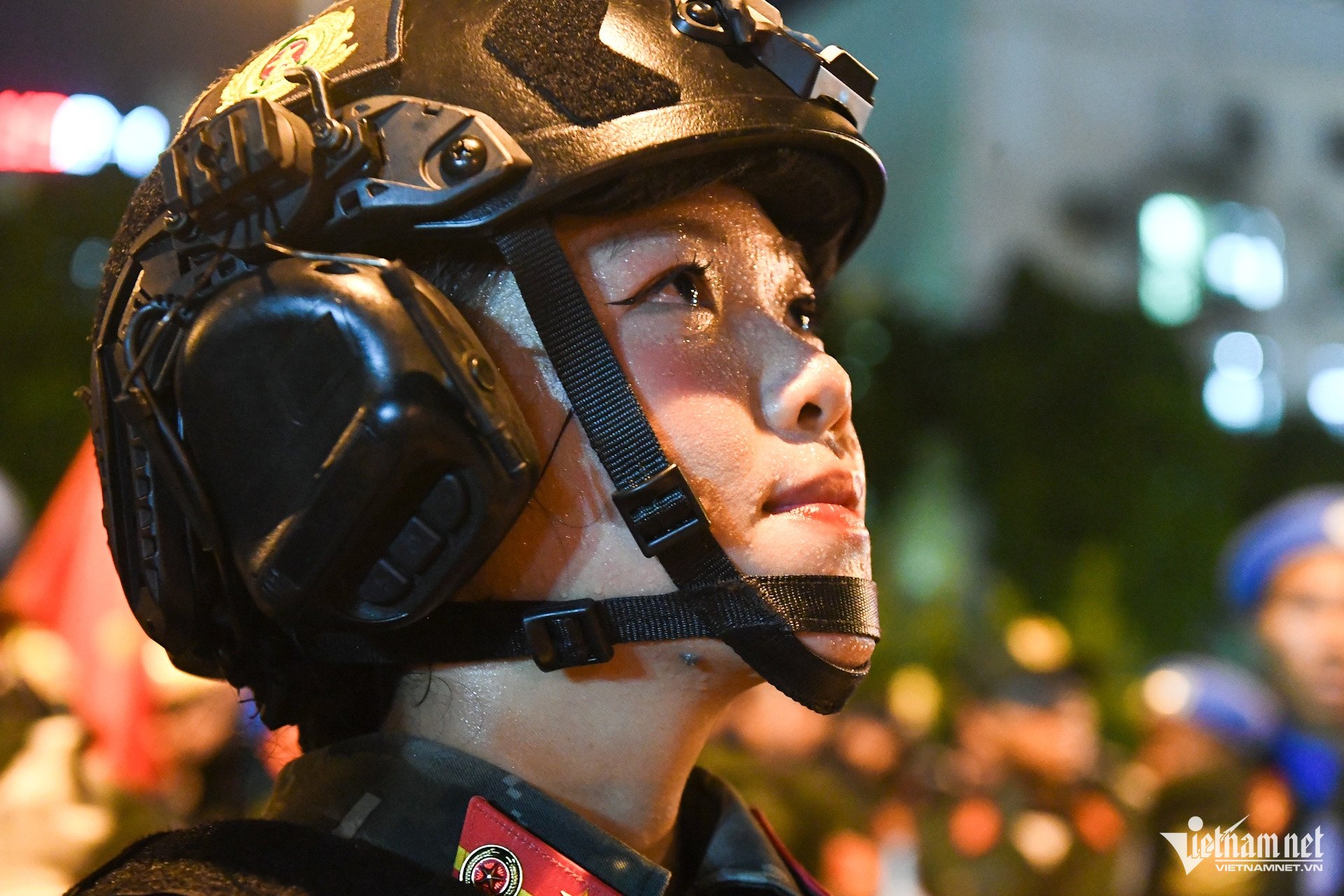

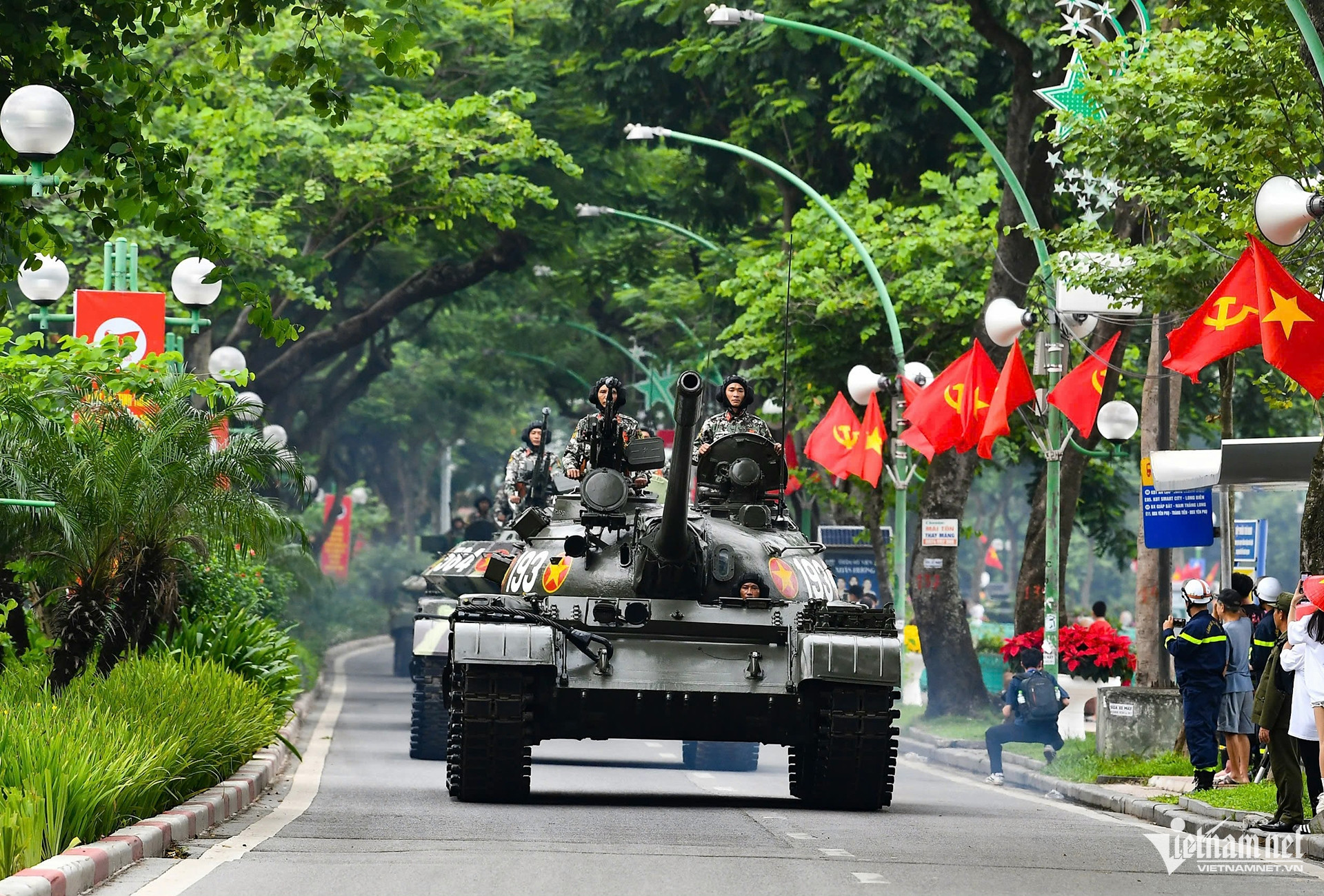
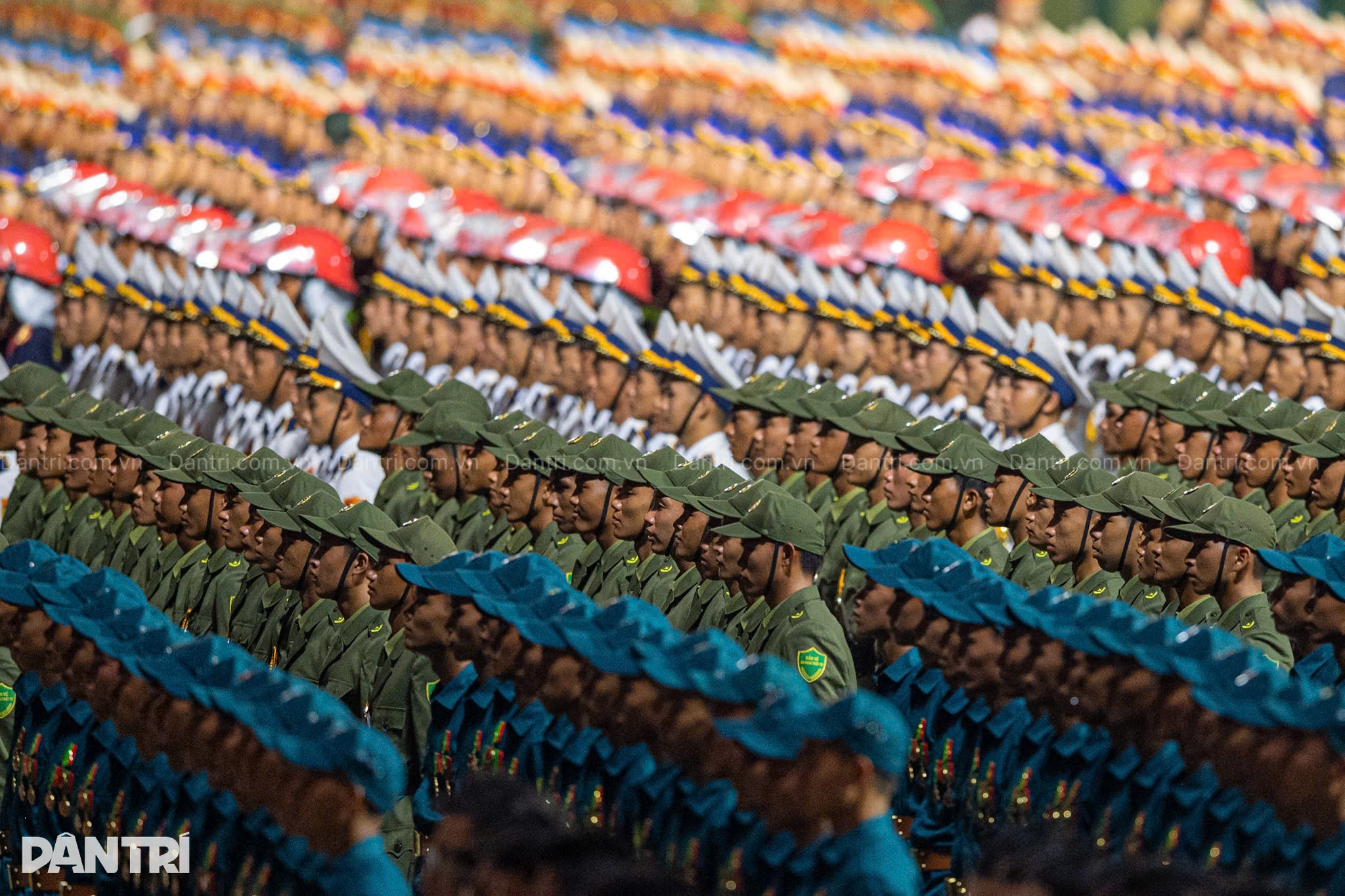
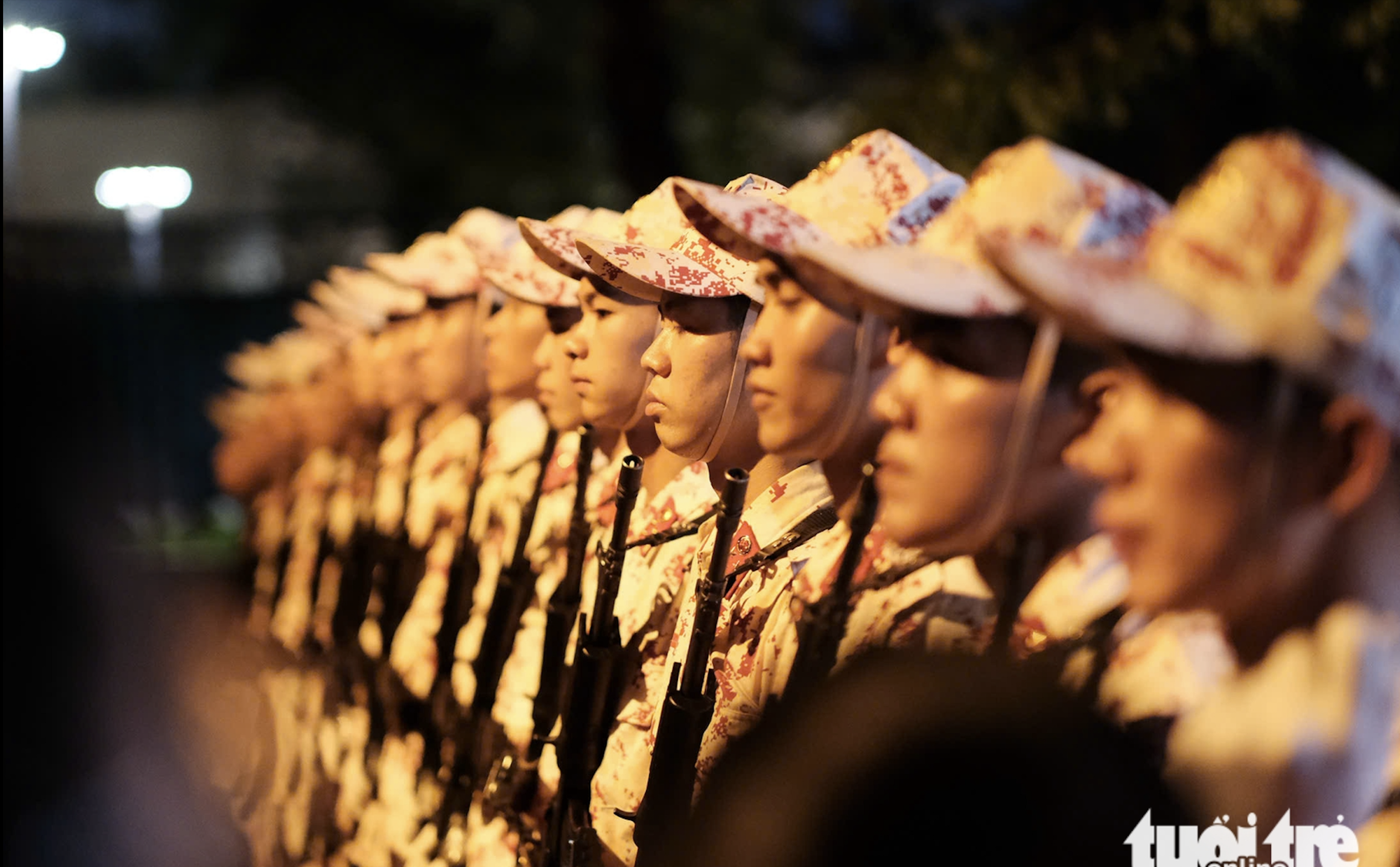
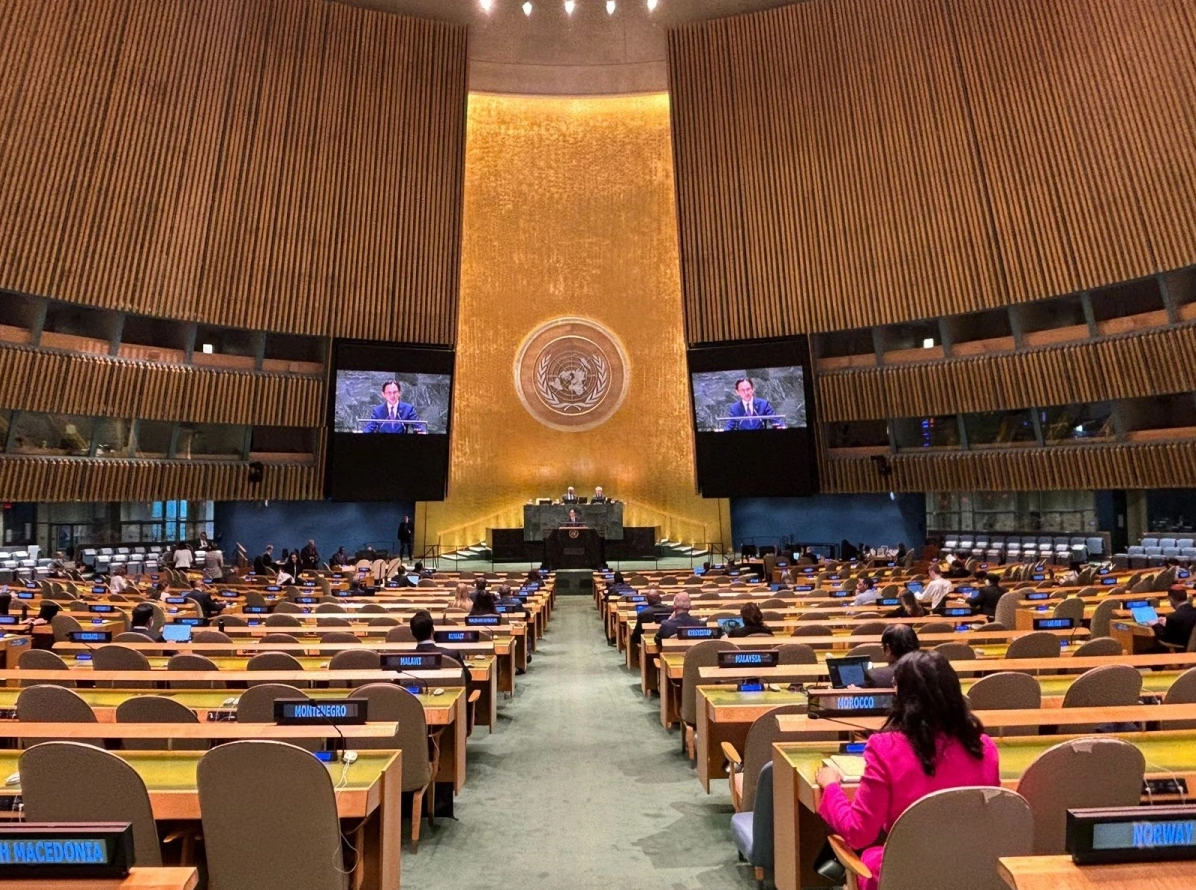
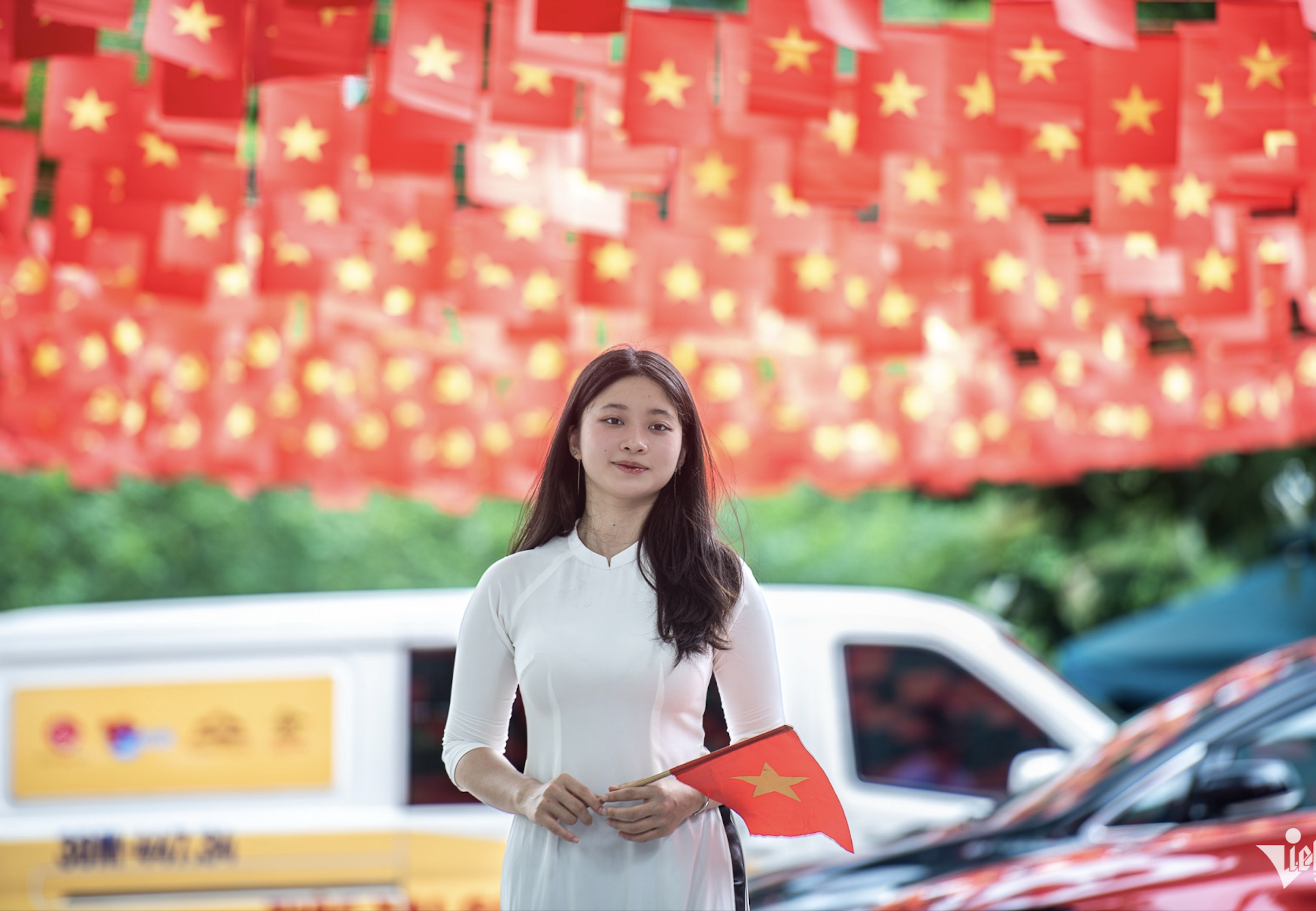
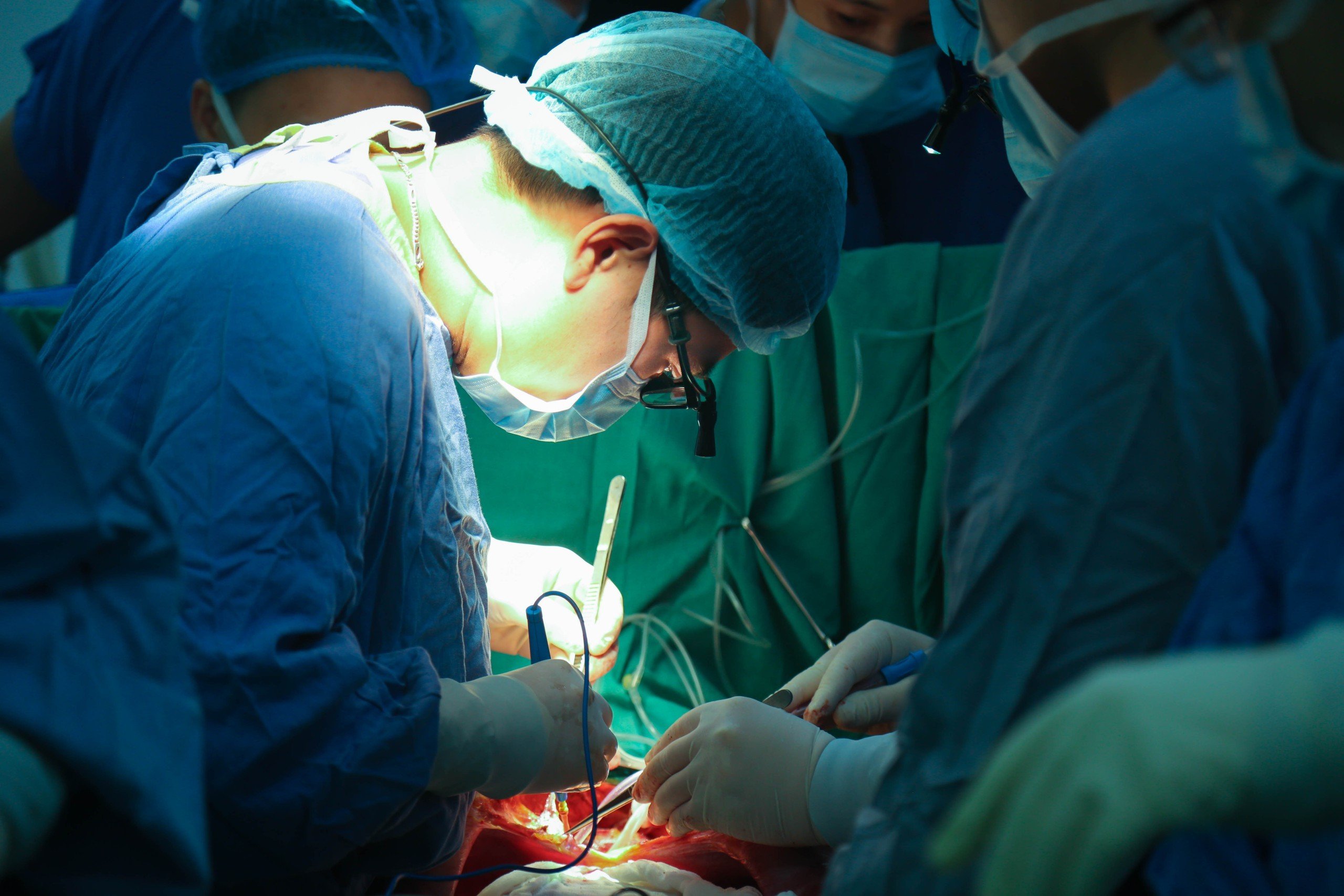

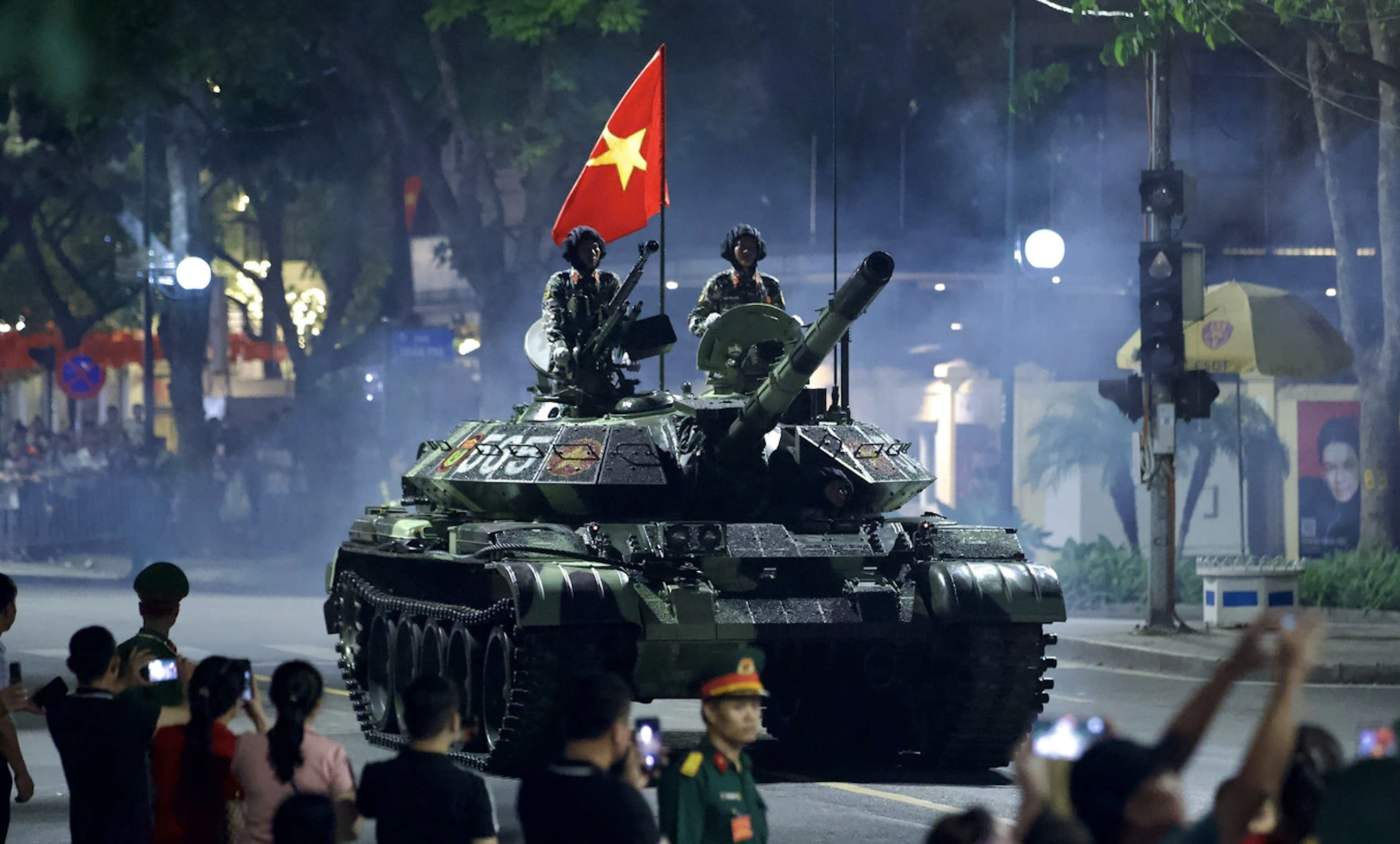


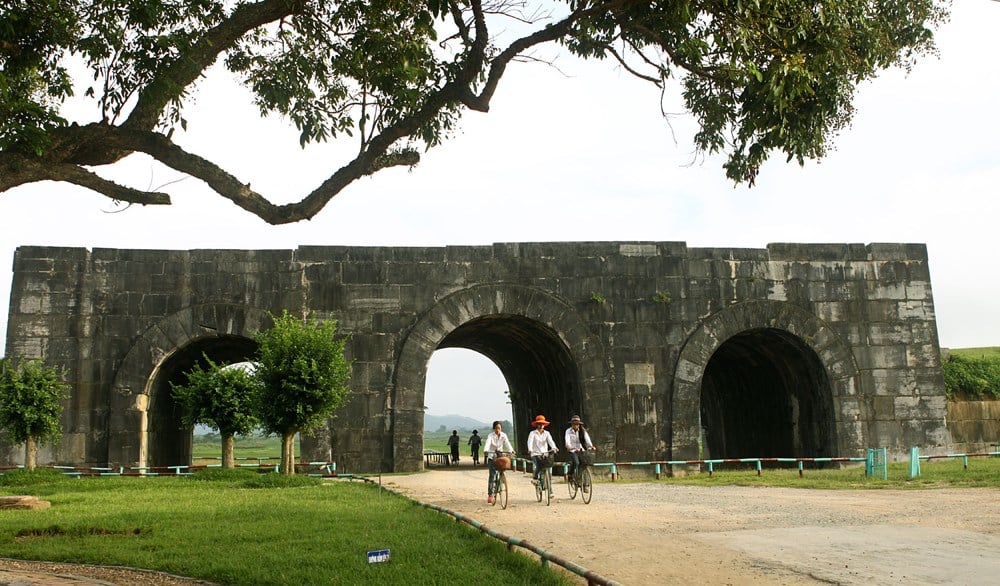

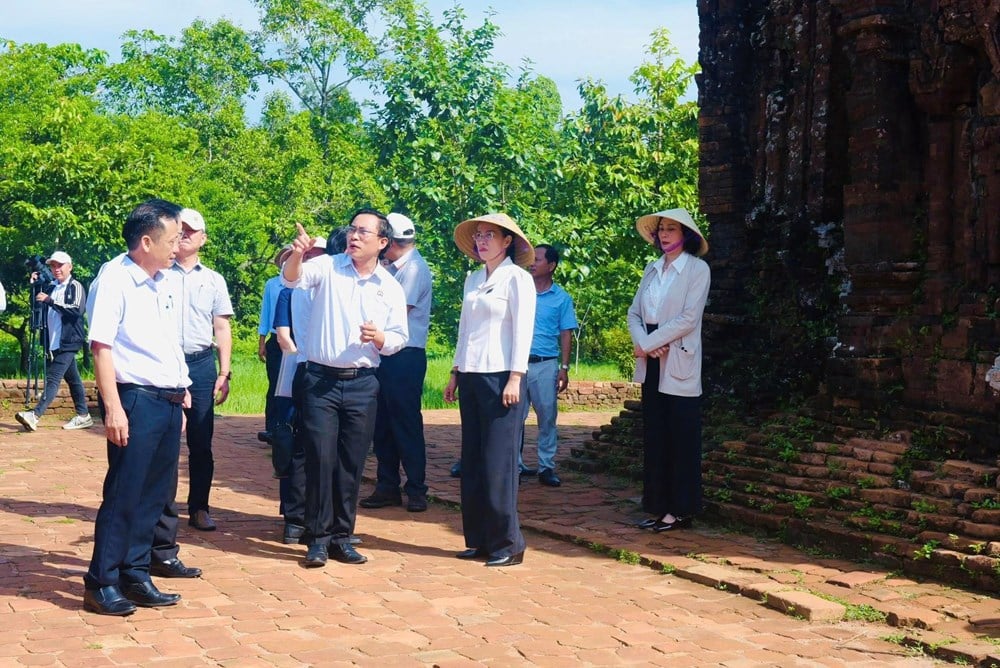
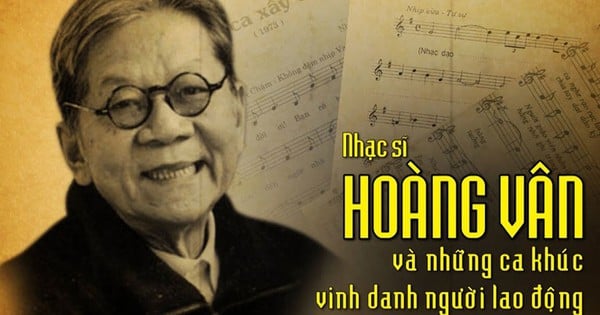

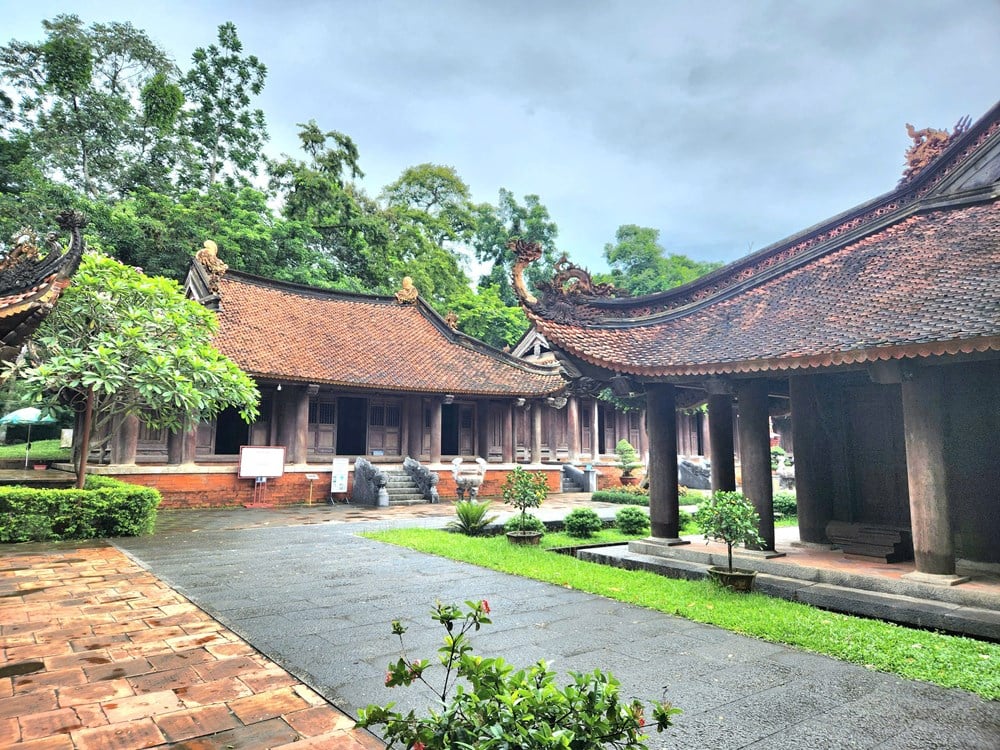
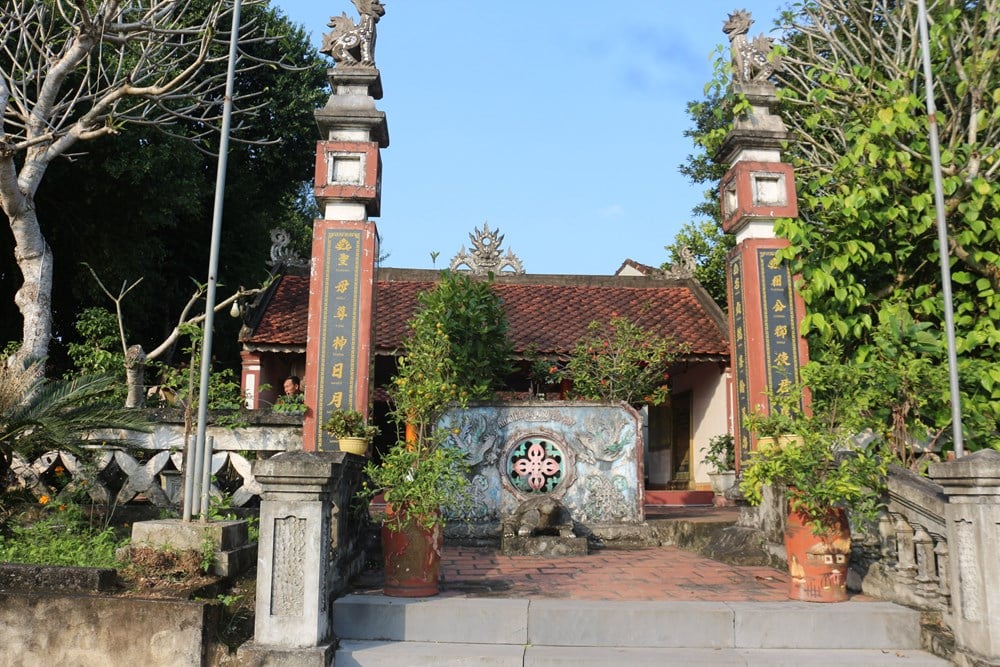
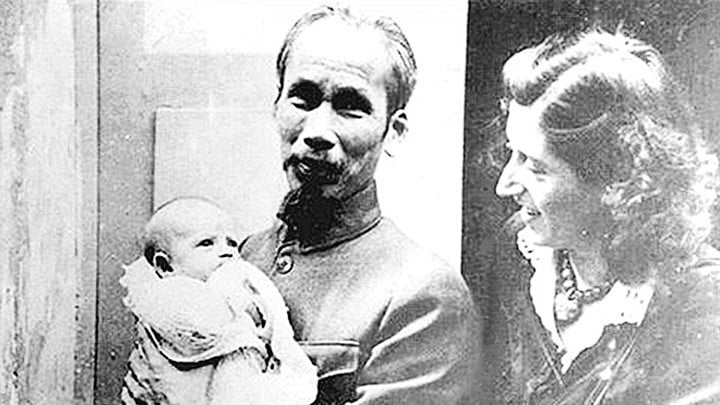



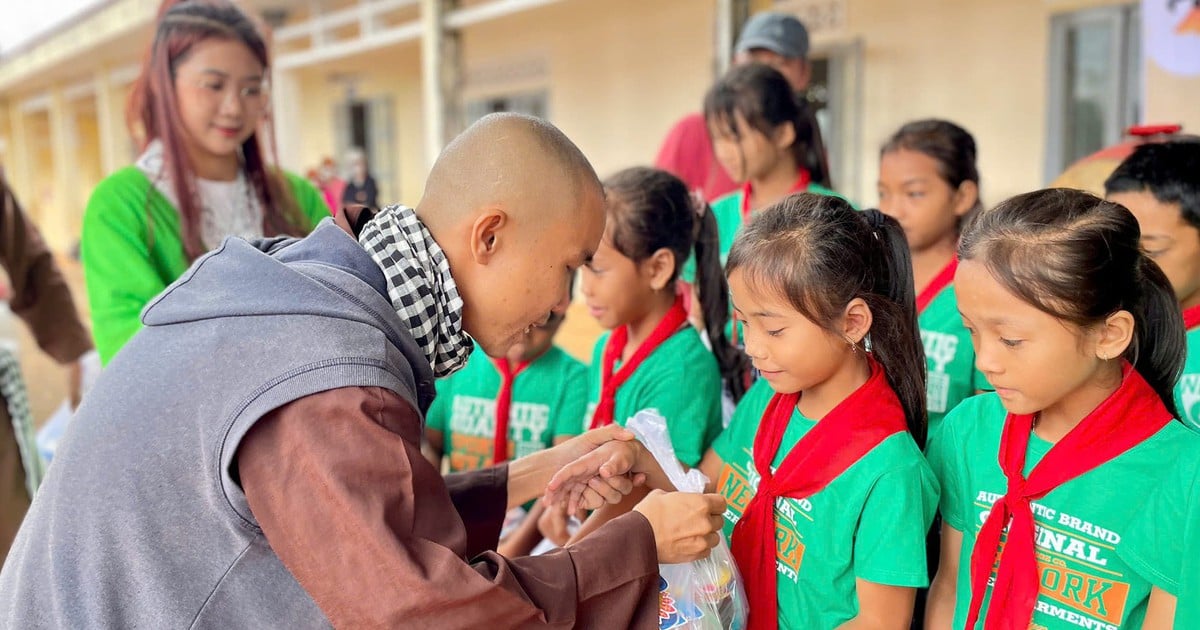








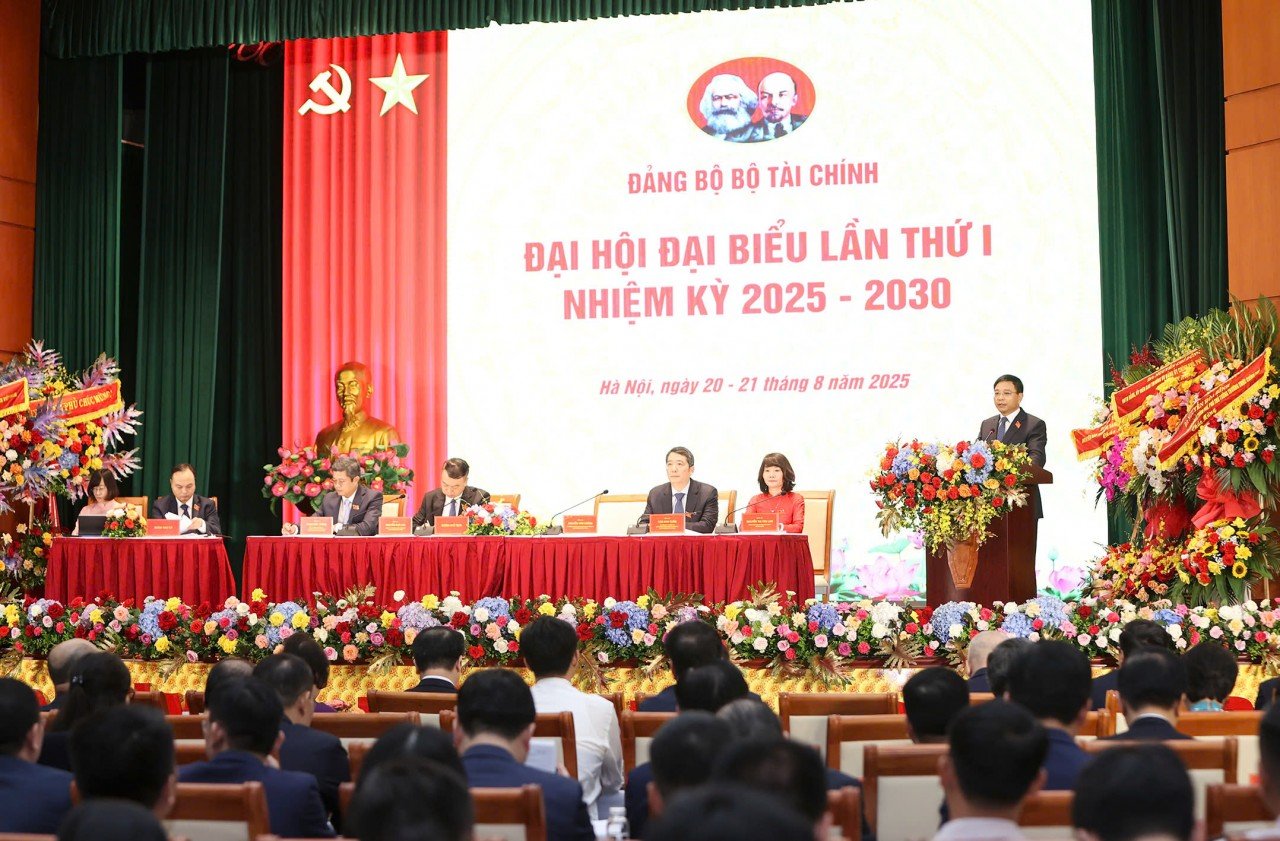










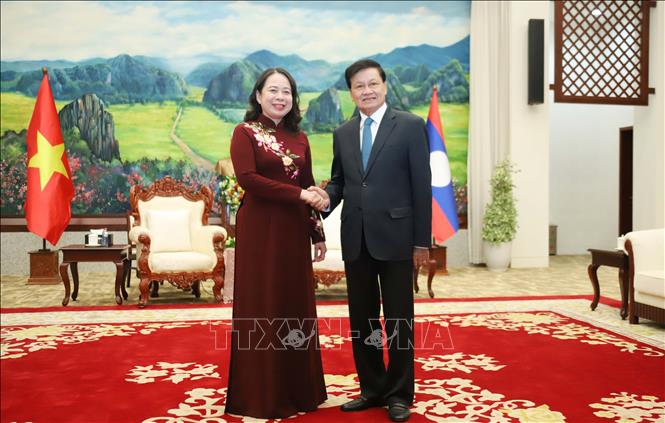

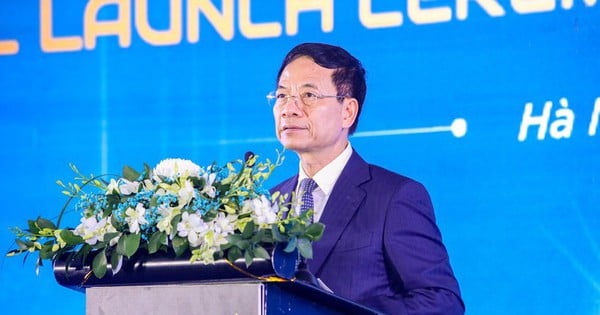

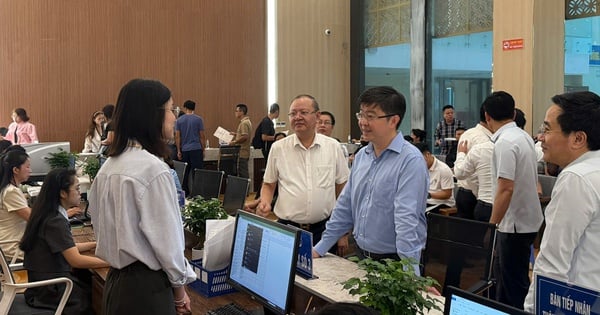
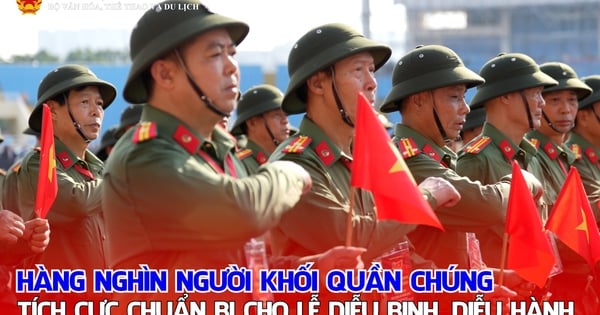










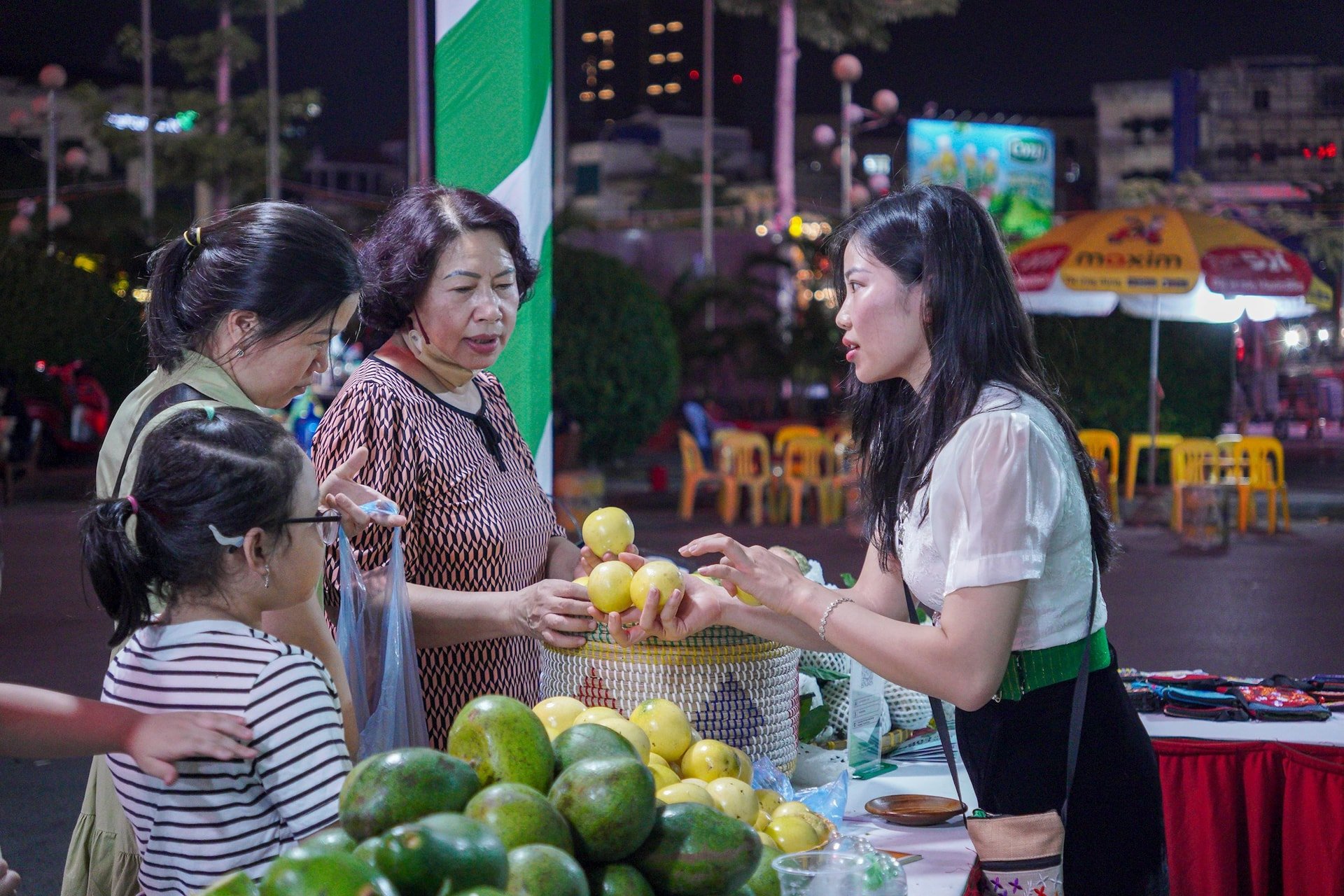

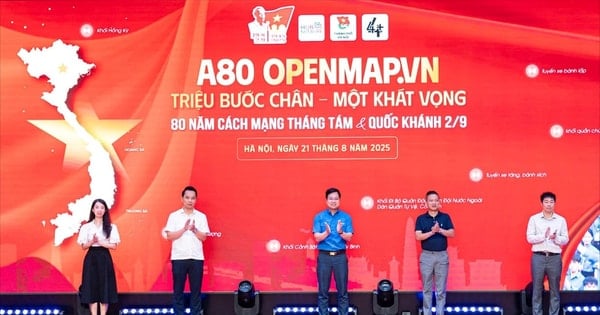



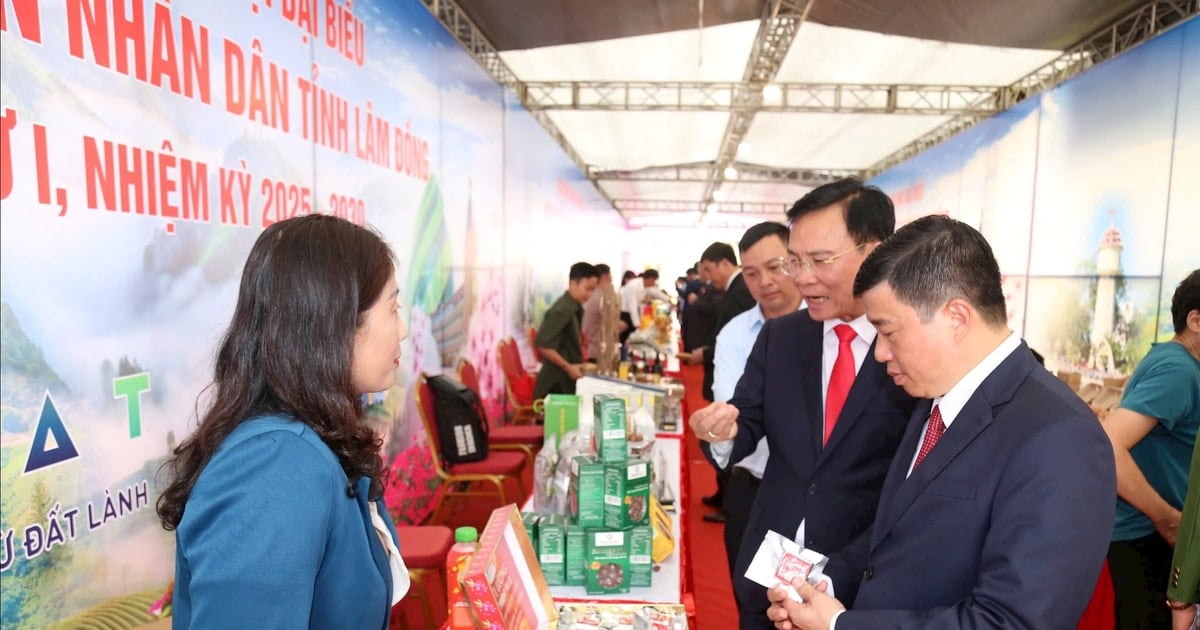






Comment (0)